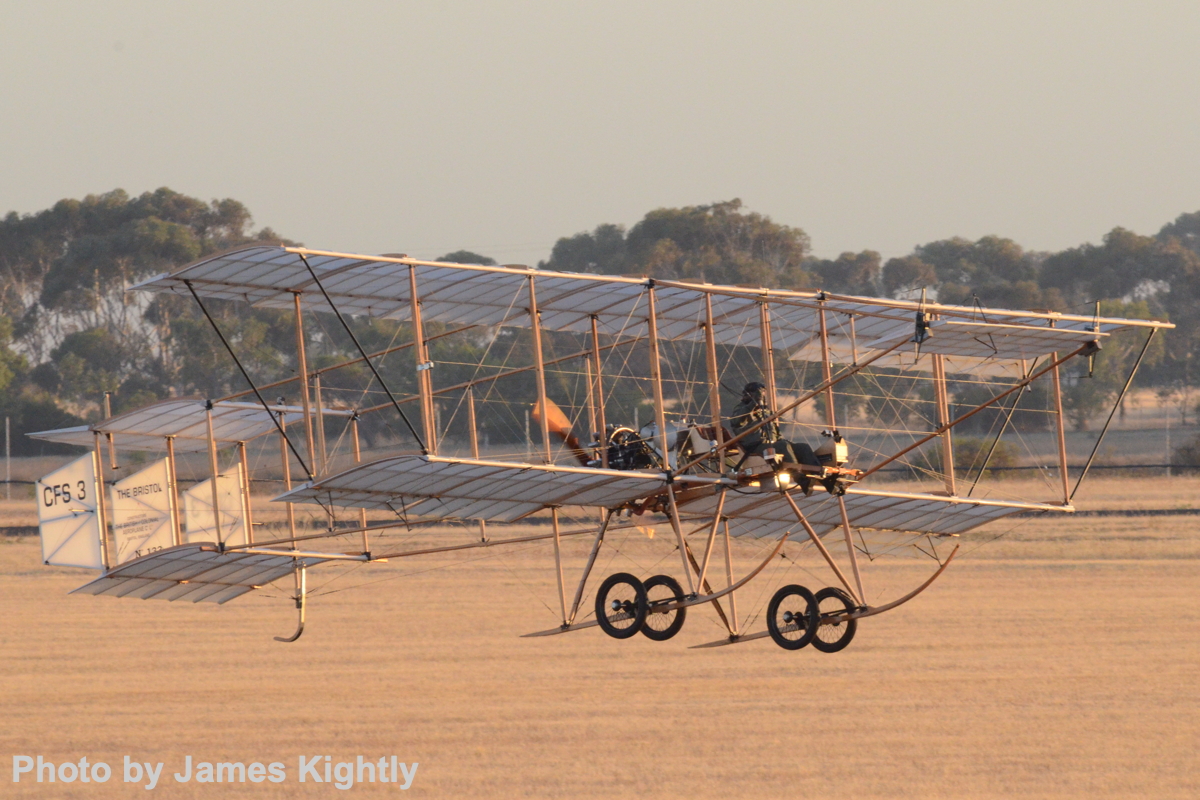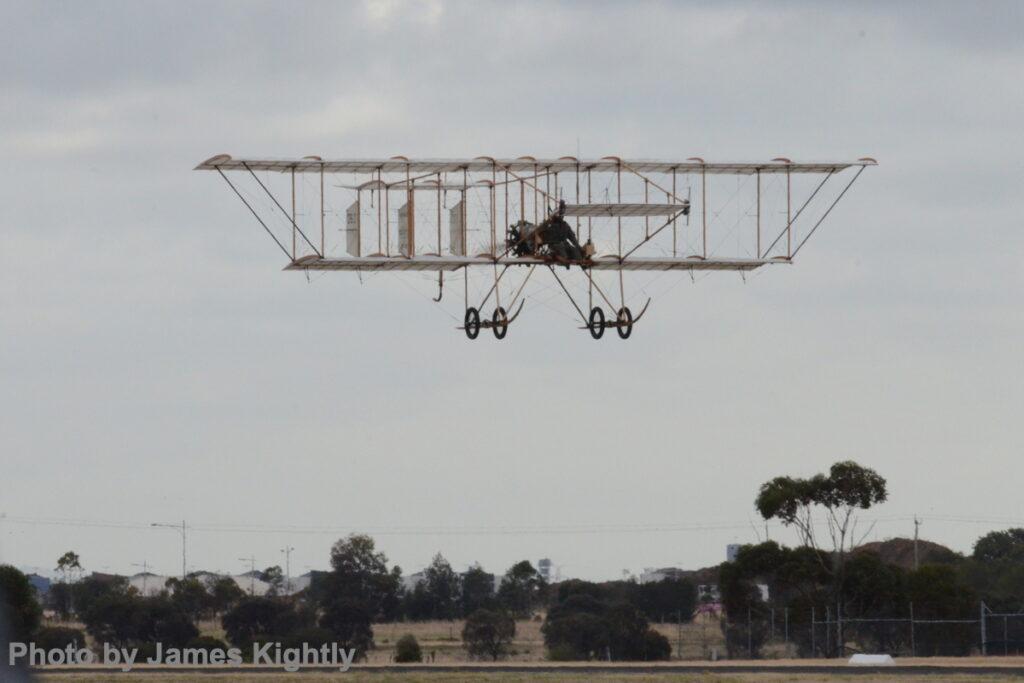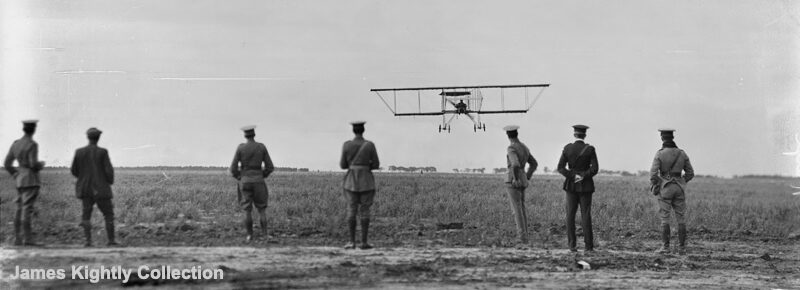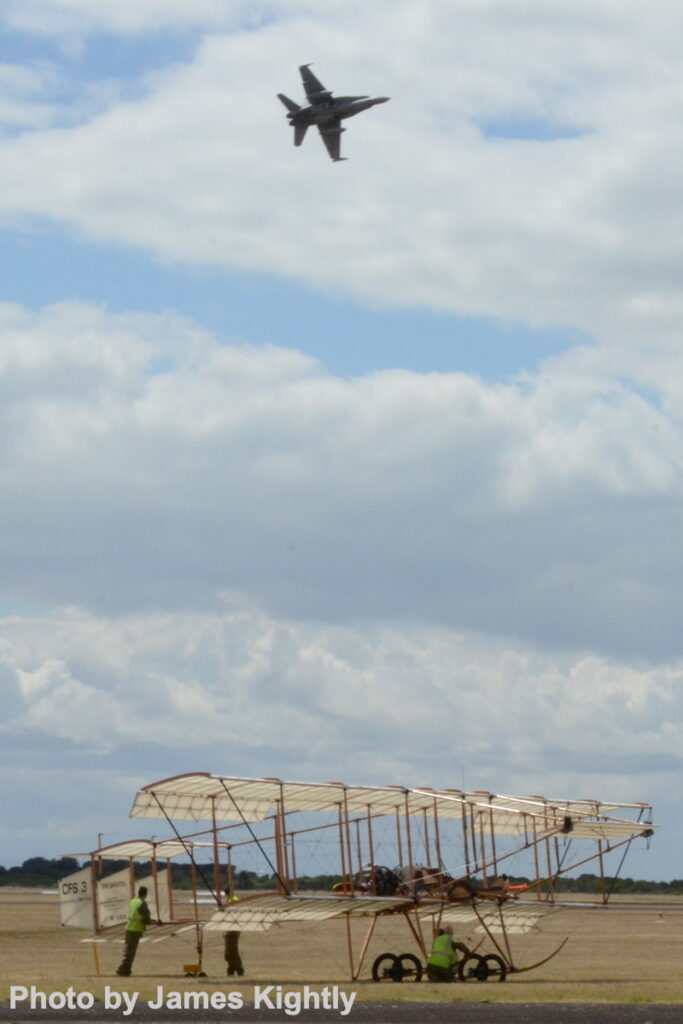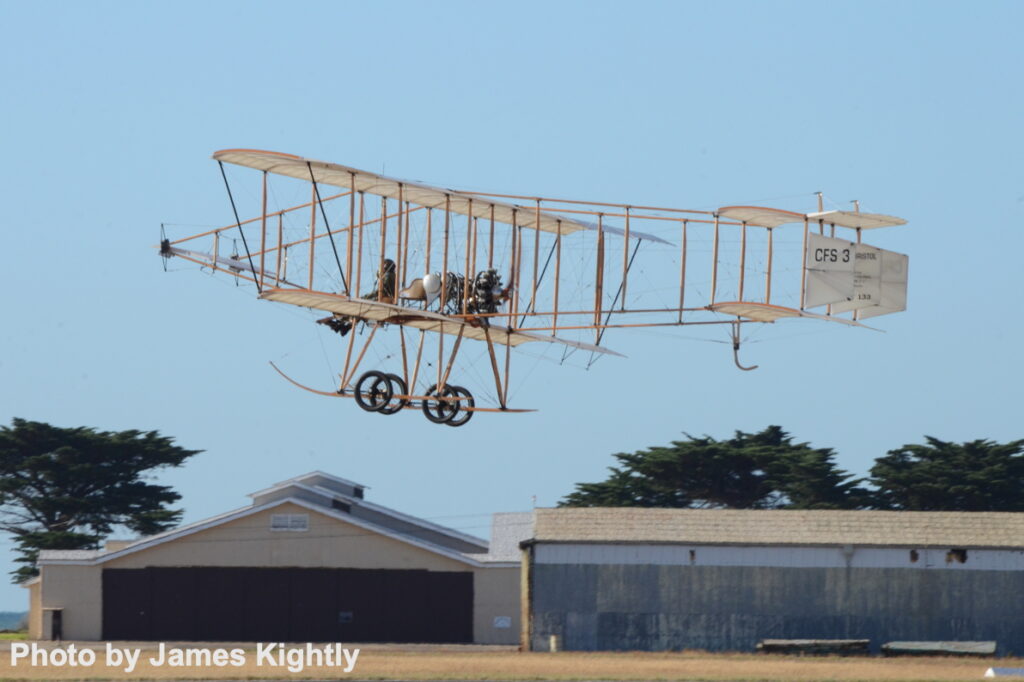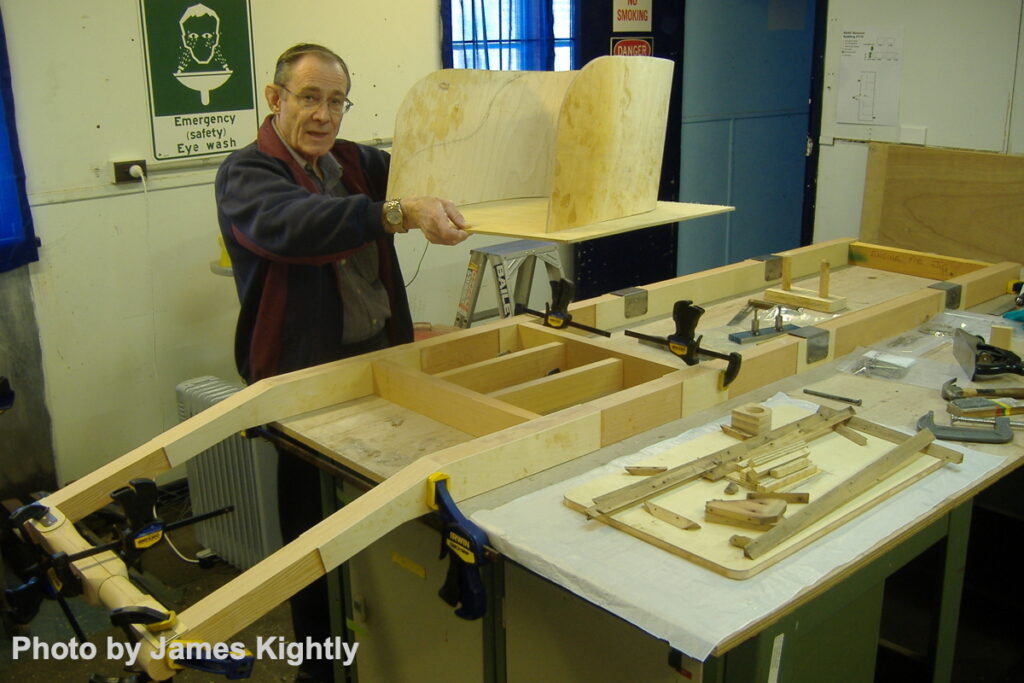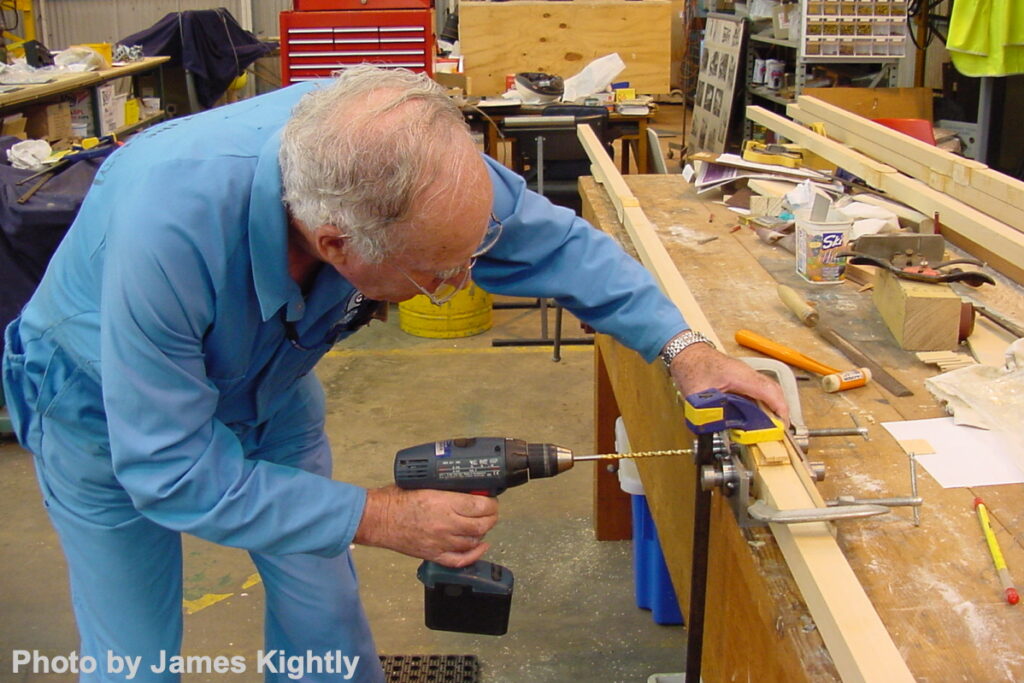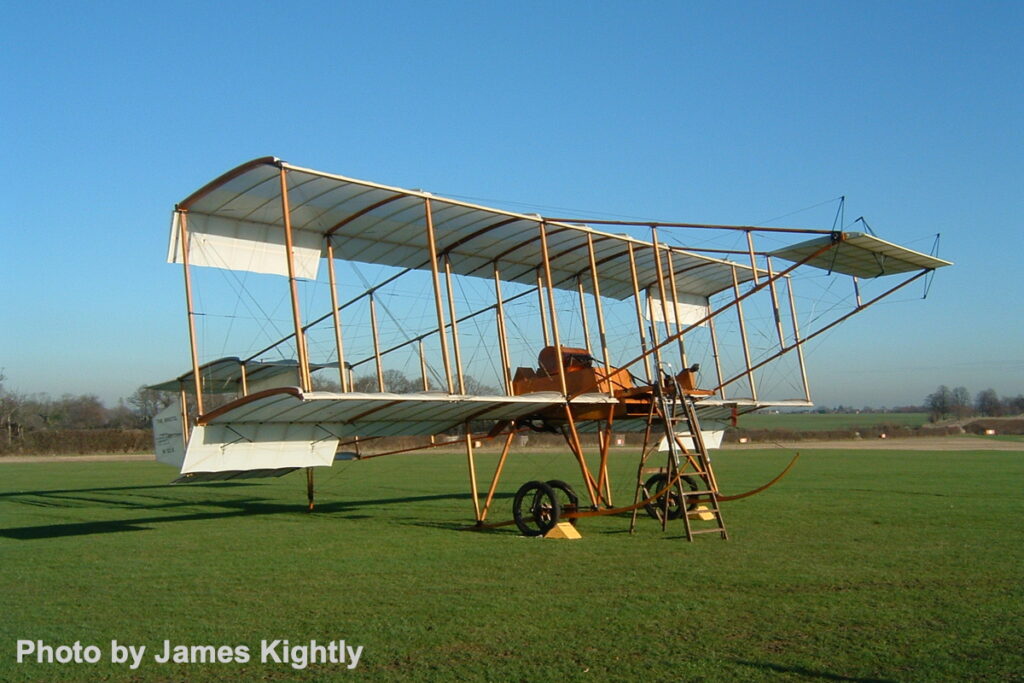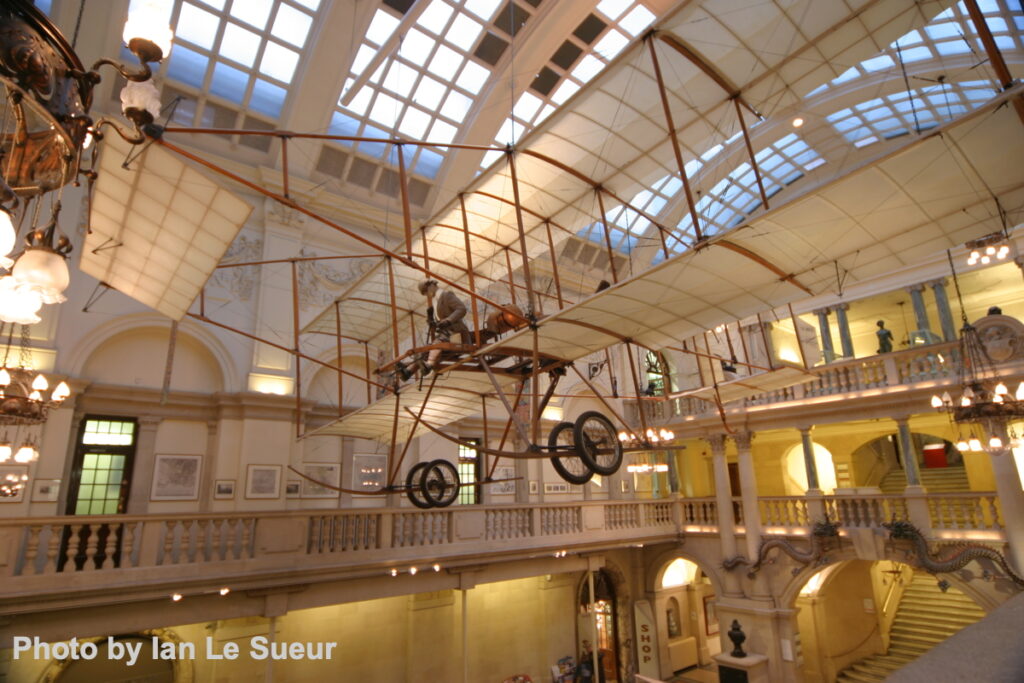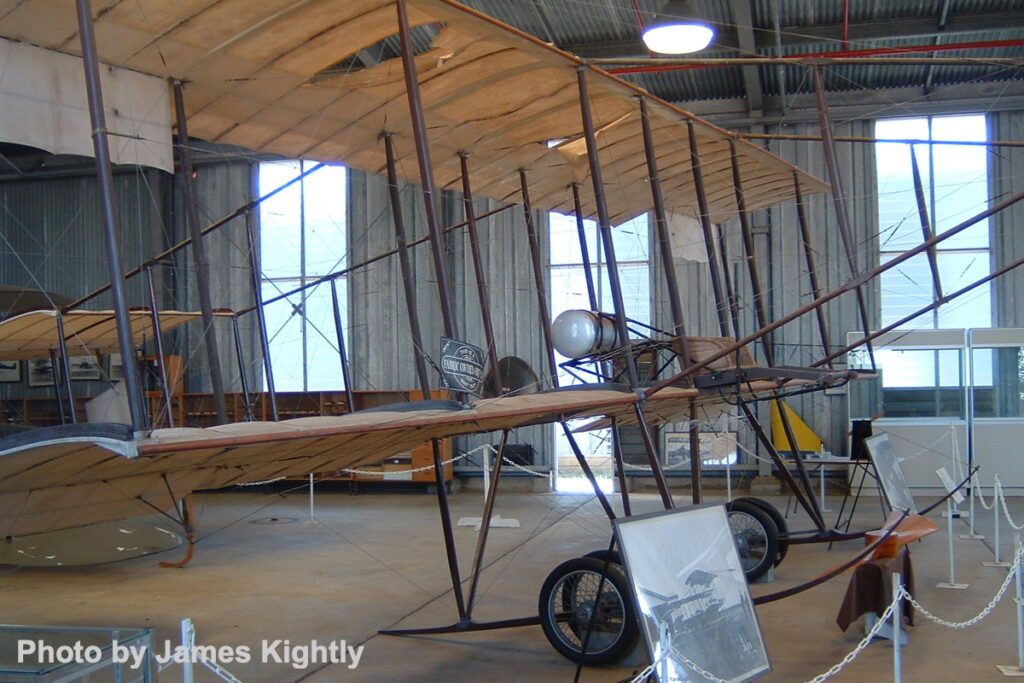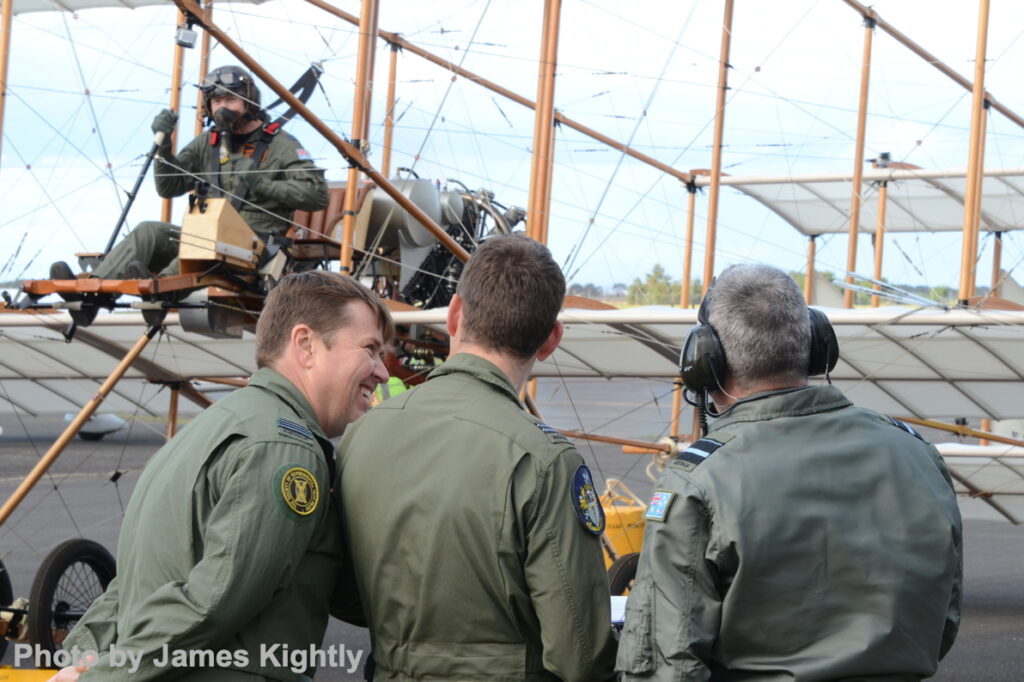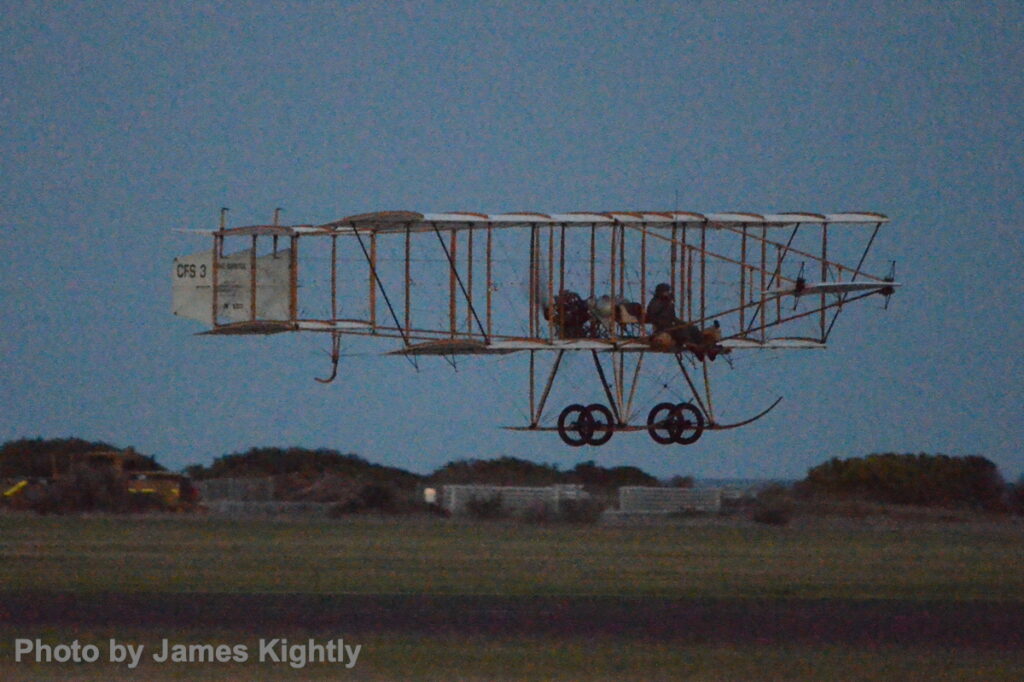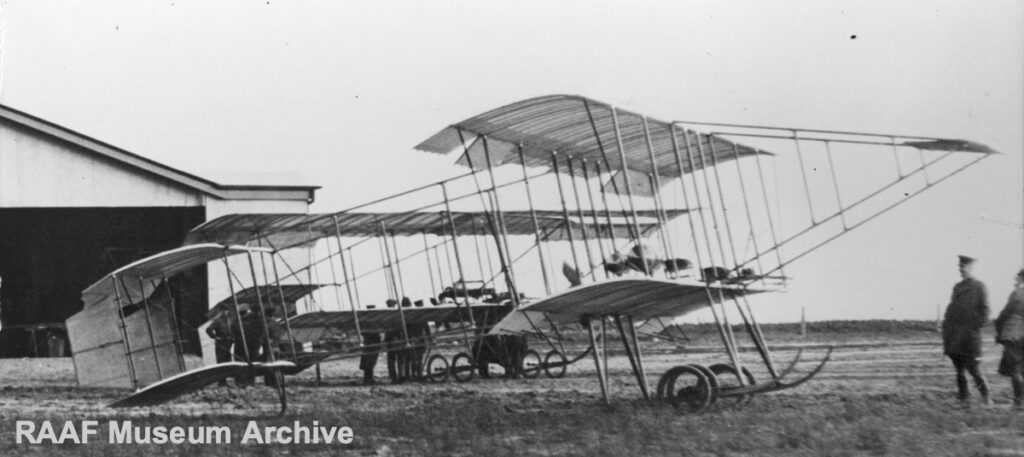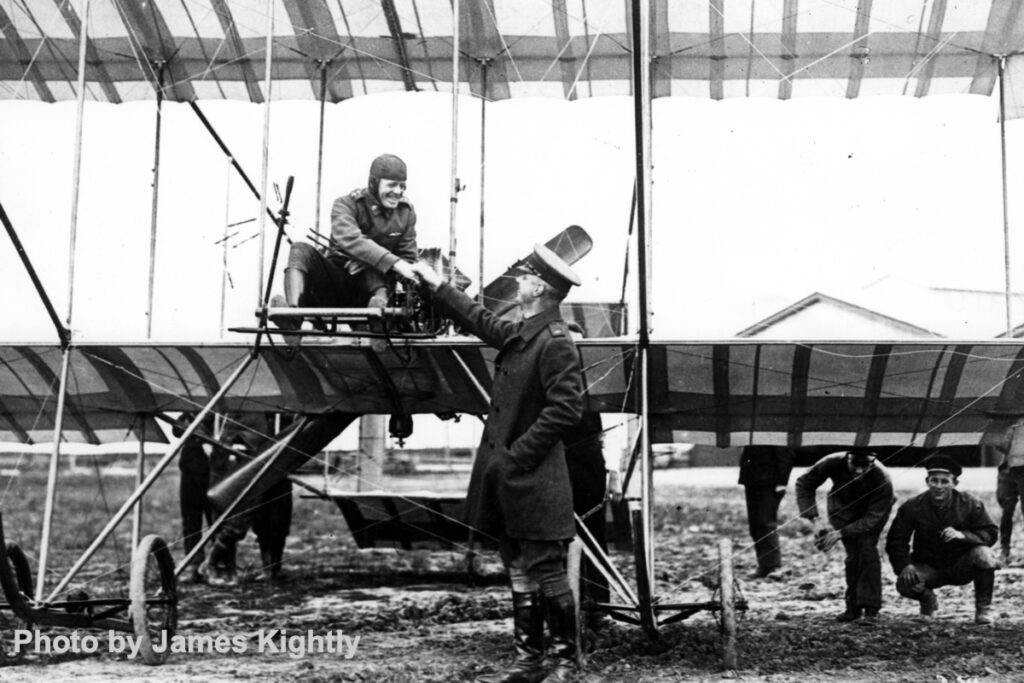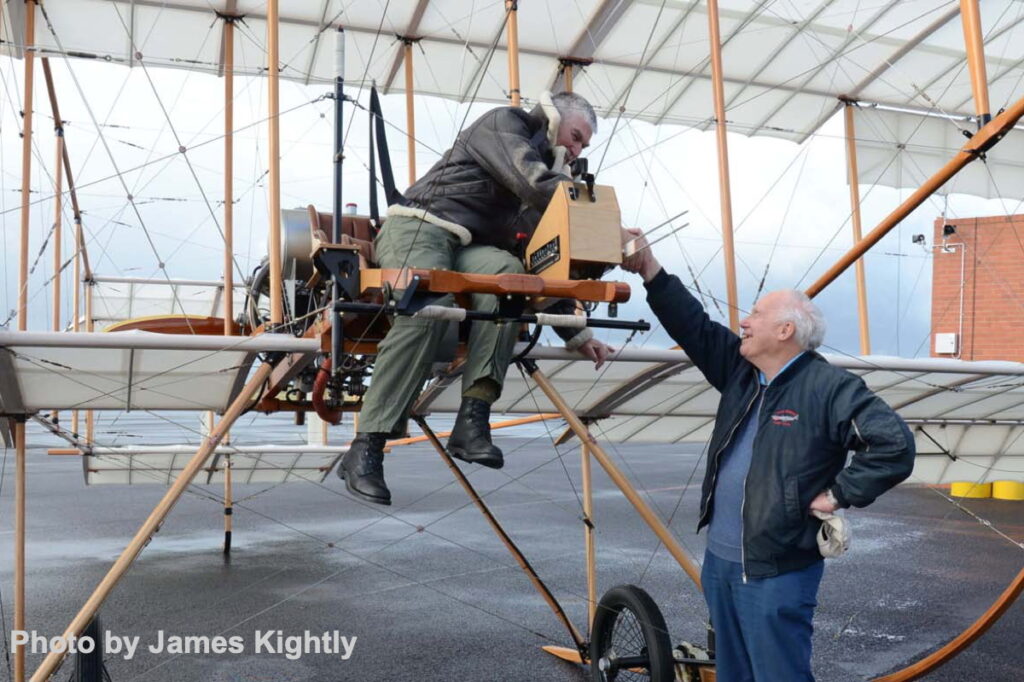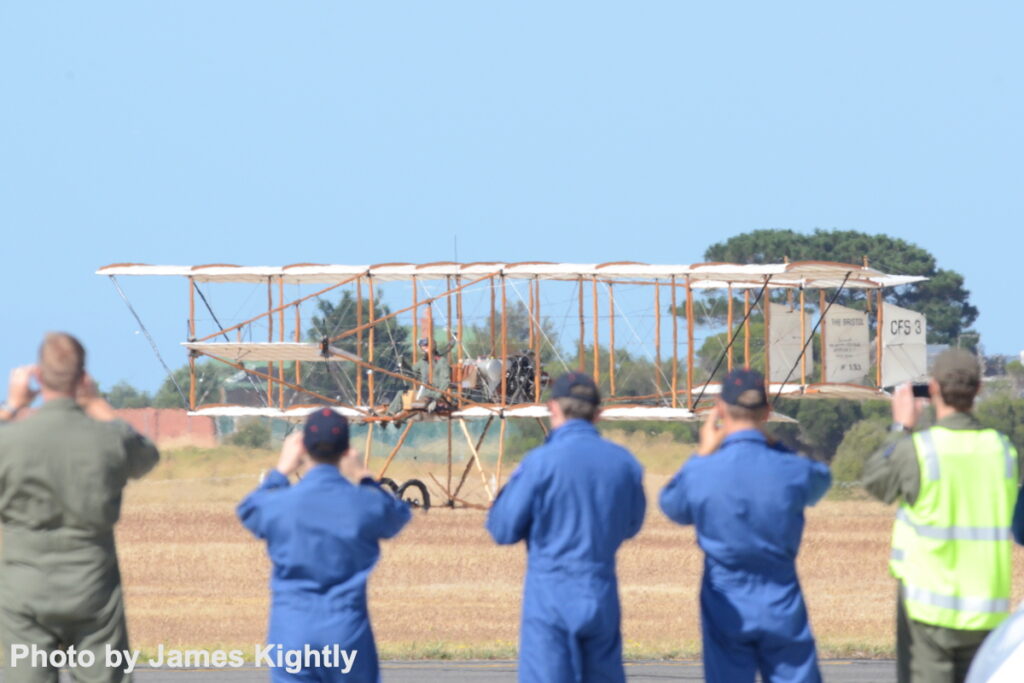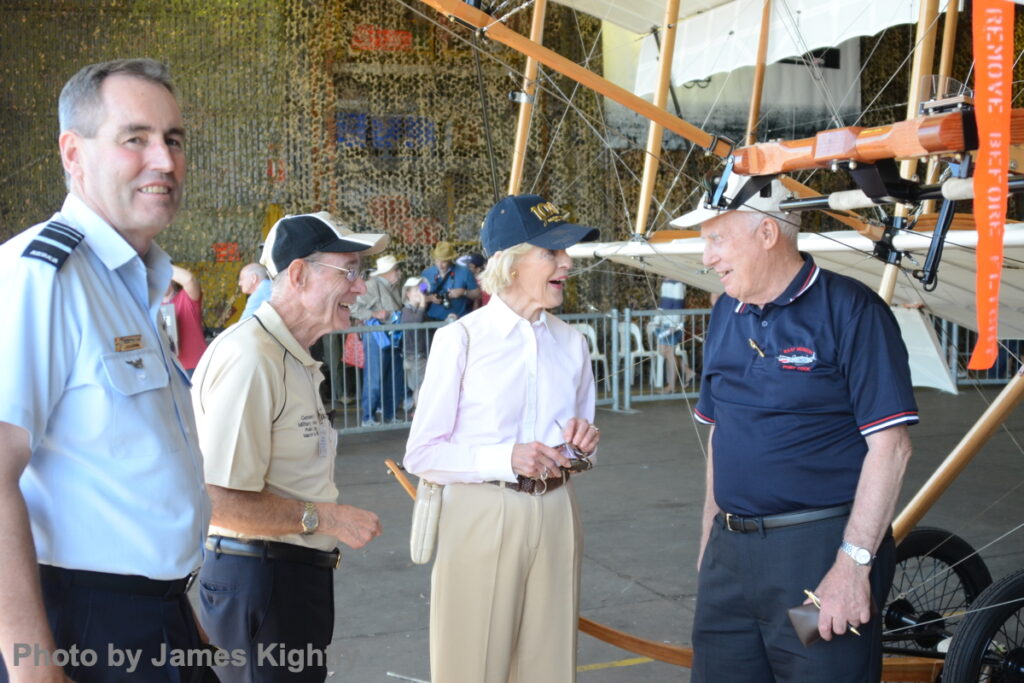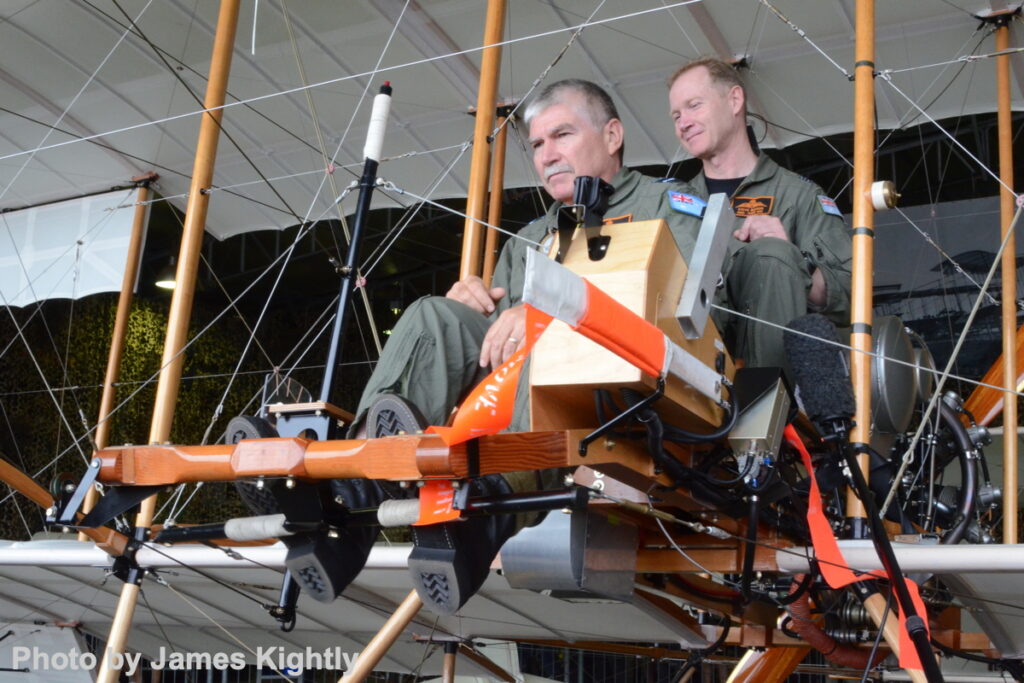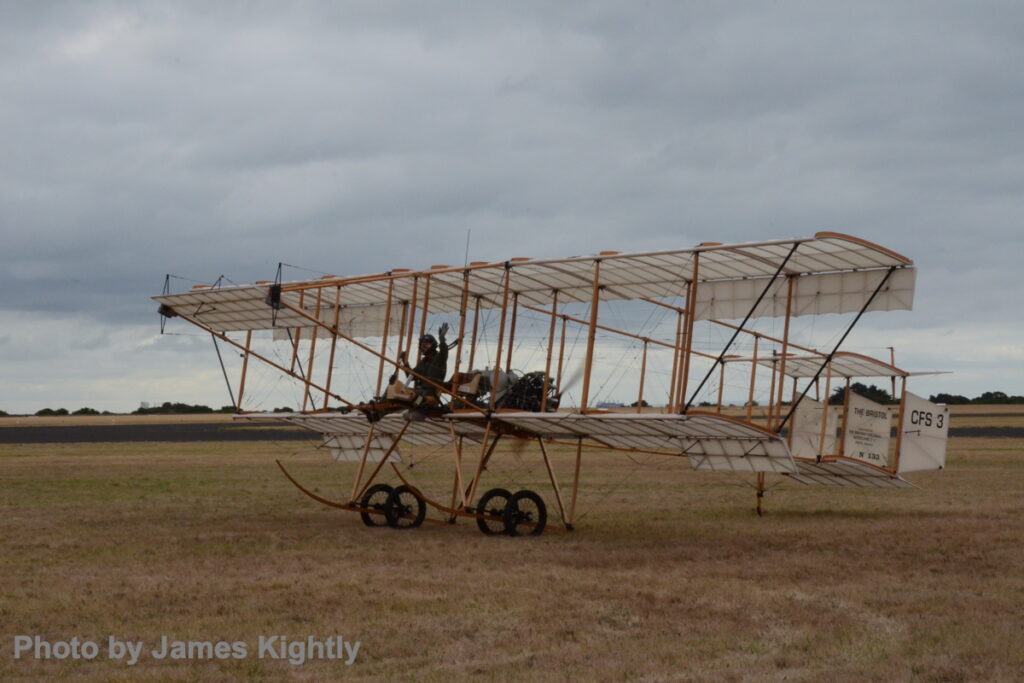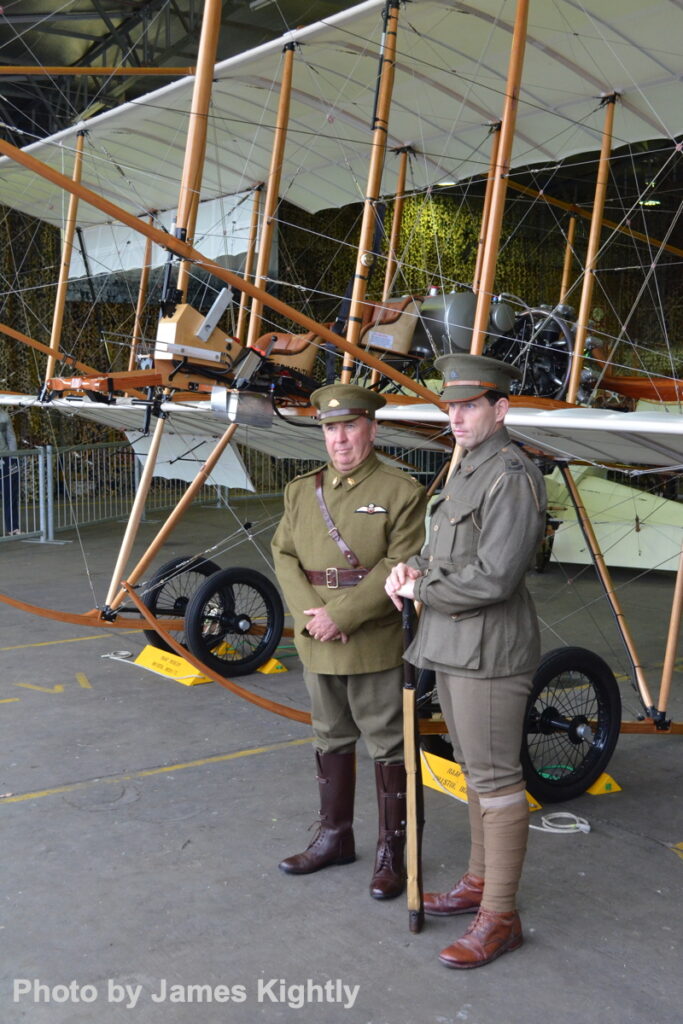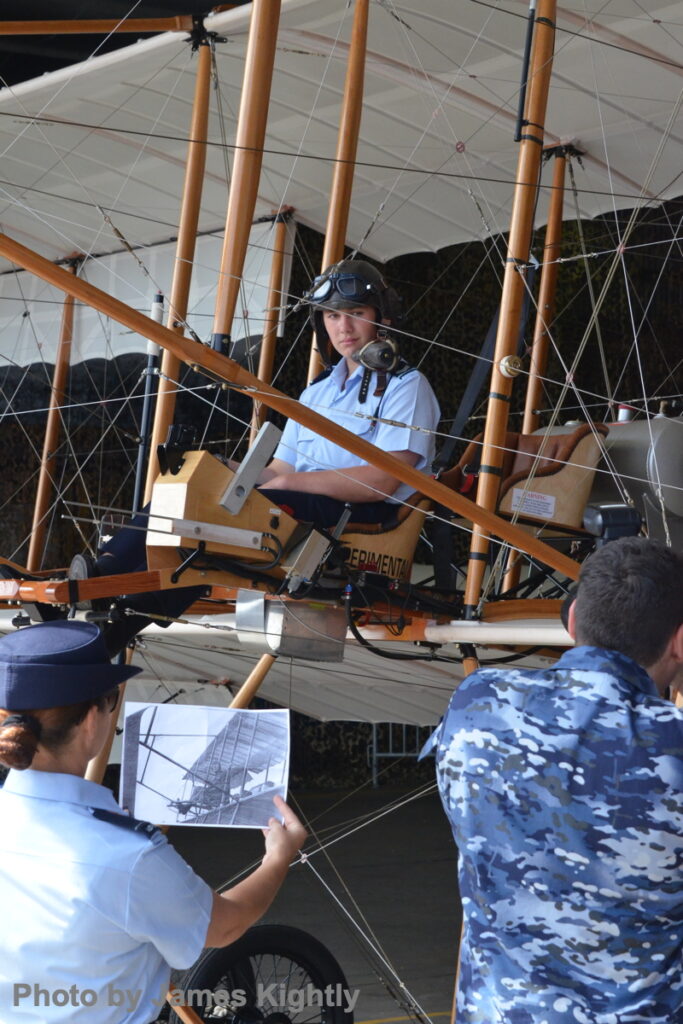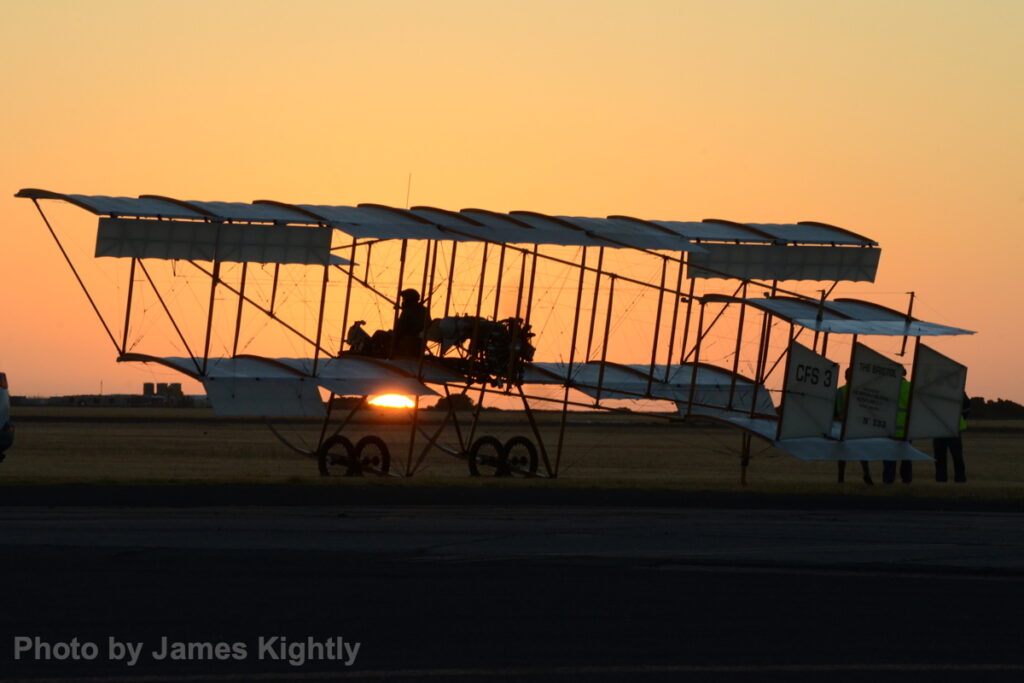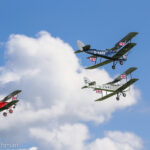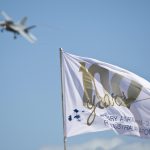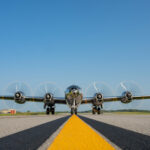By James Kightly, Commissioning Editor
Ten years ago this weekend, on Saturday, March 1st, 2014 at 7.40 a.m. a Bristol Military Boxkite rose slowly from the grass at RAAF Point Cook, Victoria, Australia. It repeated the feat at the same time on Sunday, witnessed by a growing airshow crowd.
Exactly a century earlier, a Bristol Military Boxkite also rose into the air at almost exactly the same place. That Boxkite was in the hands of Lieutenant Eric Harrison and was making the first official flight by a military aircraft in Australia and setting the path for the future of Australian military aviation, today undertaken by not only the Australian Army but the Royal Australian Navy and the Royal Australian Air Force (RAAF). Two major elements came together at the beginning of March 2014 to mark this event.
The Australian Defence Force decided to make their major air show of the year at Point Cook and called it the ‘Centenary of Military Aviation’ airshow, and the small dedicated team operating as Project 2014 ensured there was a new-build, airworthy replica Boxkite to repeat that pioneering flight.
Project 2014 was established in 2006 by a pair of retired RAAF engineering officers. Project Manager Group Captain Ron Gretton, AM, RAAF (Ret) and Design & Construction head Wing Commander Geoff Matthews Snr (Ret) to manufacture a flying replica of the Boxkite for the RAAF Museum in time for the centenary celebrations in March 2014. Ron and Geoff were extremely experienced engineers with decades of experience; indeed, they have collectively been involved in several major restorations for the RAAF Museum including a Supermarine Walrus, Maurice Farman Shorthorn, Hawker Demon, and a de Havilland Mosquito project.
Project 2014 – Build a New Boxkite
Project 2014 commenced in 2006 and construction continued over the next seven years, latterly with the Boxkite on public display at the RAAF Museum to allow visitors to see the progress of the project.
Today no known original Boxkites survive, nor any significant parts. However, it is a well-known type, as the short wing (non-military version) is known to many through the replica seen in the 1965 film Those Magnificent Men in their Flying Machines.
One of three replicas built by the F.G. Miles Engineering Company, it is still flying with the Shuttleworth Collection in Bedfordshire UK. The Australians’ painstaking ground-up build involved extensive research (including assistance from Shuttleworth and Bristol City Museum in the UK and the Museum of Army Flying in Oakey Queensland, where the three Miles-built replicas are on show) plus support from Sir George White, 4th Bt, the Bristol Company founder’s surviving descendant. Despite Shuttleworth’s replica having a notable decades-long flying career, no original – or even Miles-produced – drawings were located (although some were found after the build was completed – of course!) and the main layout was developed by Geoff from a three-view in a 1911 issue of Flight.
Once the plans were drawn up, the next steps were the construction of the Boxkite’s wooden structure, the fabrication of the wings, empennage, engine assembly, and initial ground testing. The replica Boxkite mirrors the original machine’s technical specifications almost exactly and is a superb representation of the Boxkite Eric Harrison would have flown over Point Cook a hundred years ago.
The only major technical change is the Boxkite’s engine. Whilst the original Boxkite was ordinarily powered by a 50 or 70hp Gnome rotary engine, the Project 2014 replica is fitted with a seven-cylinder 110hp radial Rotec R2800 engine, a more conventional power plant that is not quite as expensive and difficult to maintain as the Gnome rotary.
The Boxkite (with the registration VH-XKT) undertook its maiden flight at RAAF Point Cook on September 11th, 2013 flown by test pilot Air Vice Marshal Mark Skidmore AM, RAAF (Ret). Further tests were carried out in early 2014, both sets of tests being under the direction of the RAAF’s Aircraft Research & Development Unit (ARDU) and after the aircraft had been signed over to the ownership of the RAAF Museum. Following the successful flight, Project 2014 formally handed the Boxkite over to the RAAF Museum.
Birth of Australian Military Flying
In June 1911, the Australian High Commissioner was given the authorization to select two pilots and five aircraft to form the fledgling air arm. The aviators selected were Henry Petre, of the British Deperdussin School, and Eric Harrison, a Bristol flying instructor who had trained pilots in Spain, Italy and Germany. The five aircraft chosen consisted of two BE2a biplanes, a pair of Deperdussin monoplanes and a single Bristol Military ‘Boxkite’ Biplane, purchased by Australia at the cost of £3,528.
The original Boxkite type was essentially a 1910 British copy of a French Henri Farman design. The first Boxkite flew on July 29th, 1911 and it was manufactured in large numbers by the British & Colonial Aeroplane Company at Filton, Bristol. In all, 76 Boxkites were built and orders were placed by the UK, Australia, India and Russia. The Bristol Military Biplane had extended upper wings, and both versions were, depending on conditions and equipment, one or two-seater training and observation machines.
Eric Harrison was appointed as an honorary Lieutenant on the Australian military’s Aviation Instructional Staff and, alongside Petre, was instrumental in establishing the Central Flying School (CFS) at Point Cook, Victoria. It was equipped with a Boxkite shipped from the UK, Deperdussin monoplane and BE2 biplanes. In 1916 a second Bristol Boxkite was constructed at Point Cook by the ground staff, to enable more training flying. Thus, as well as the original Boxkites built by the factory in Bristol, England, two more Boxkites were also built in Australia, nearly a century apart!
The airshow flights were made by Squadron Leader Steve Bekker, and though made before the show was officially open on each day were regarded as a show highlight by those who witnessed them. Unfortunately, the focus on more modern Australian Defence Force elements meant the aircraft did not get a flying slot in the actual program, though it was a major highlight in the static display with thousands of people enjoying a close look.
Sadly, though the aircraft had been signed off by ARDU to fly hops for demonstration at RAAF Point Cook, that proved to be the last time the aircraft was to fly, and it has now spent the last decade in the RAAF Museum stores, with only a tentative plan to be a centerpiece of a revived, new museum, yet to come to fruition.
Of course, Project 2014’s success would not be possible without the vital support of a number of organizations and sponsors as well as the ongoing backing from the RAAF Museum and the RAAF itself. Mention must be made of Rotec Engineering Pty Ltd, Mobile Network, Aerostructures, Macdonald Technologies International, Qantas Defence Services, Rosebank Engineering, MMP Books, Form A Sign, and a whole host of individuals and organizations worldwide.
Group Captain Ron Gretton, RAAF (ret) already an AM, was awarded an OAM (Gen), and Wing Command Geoff Matthews Snr, RAAF (ret), was awarded an OAM in the 2015 Queen’s Birthday Honours for service to Australian military aviation heritage, in recognition, in part, of their work on the Boxkite project. Sadly Geoff Matthews passed away on April 20, 2020, but Ron Gretton continues his restoration work, now with the B-24 Liberator Memorial project at Werribee, Victoria.







